12 shower wall ideas for design details that are both practical and good-looking
From tile alternatives to beautiful built-in storage, these shower wall ideas will elevate your bathroom from the everyday to extraordinary
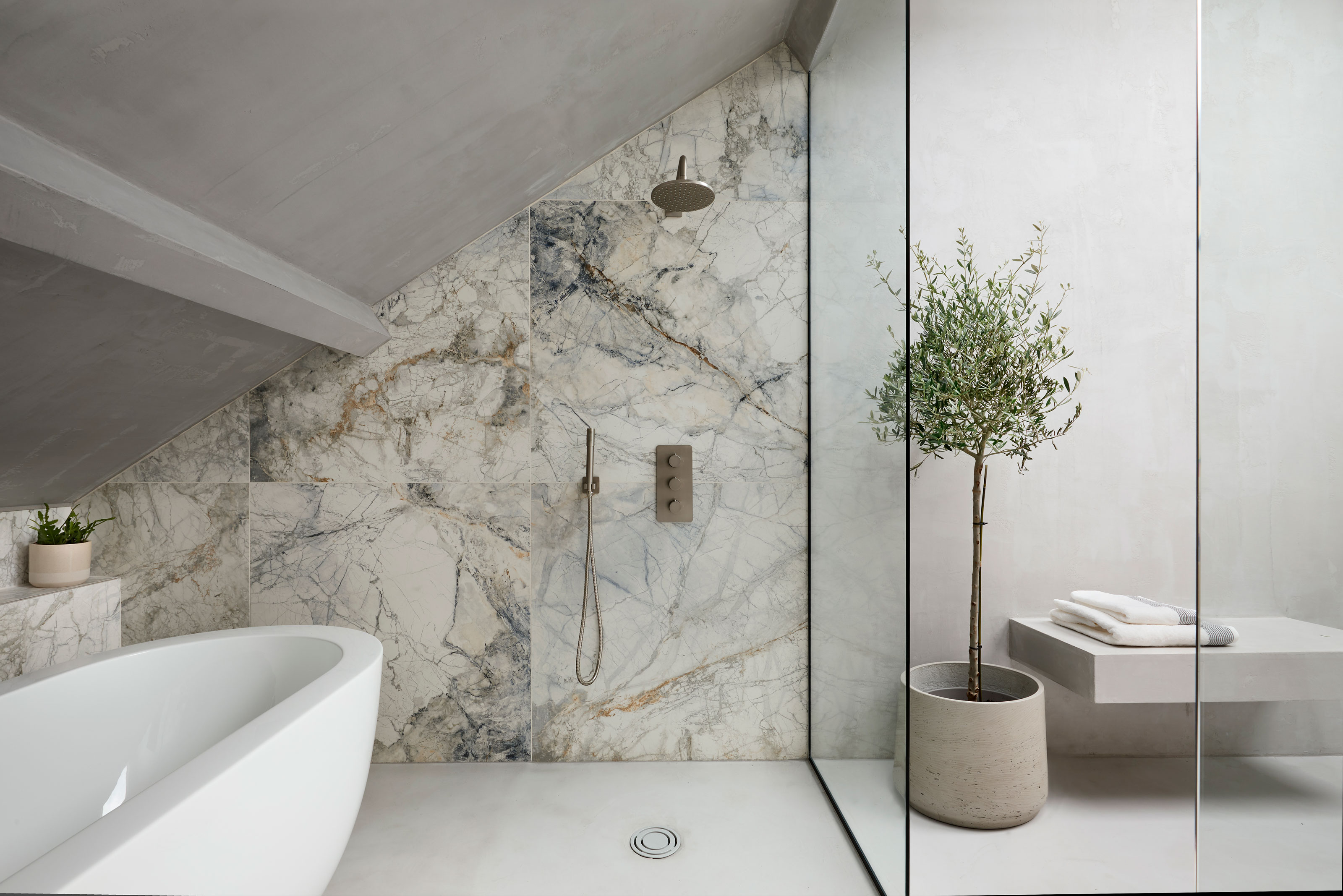

When searching for inspiration for a bathroom project, it's easy to exhaust shower wall ideas quickly. There's a tendency for showers to be designed as tile-lined boxes for practical reasons, but there are alternatives that can be equally effective design-wise.
With shower walls taking up such a huge amount of visual real estate, especially when specifying small bathrooms or walk-in shower ideas, their design deserves an equally hefty portion of your time and attention.
In fact, there are some brilliantly innovative ways to make a feature of the walls – and not all of them involve tiles. Tiles are undoubtedly a popular choice for showers, not only because they come in an almost infinite choice of colors and styles, but for ease of handling and installation. However, there's a movement towards simplicity and seamlessness in bathroom trends that's leaving traditional tiled shower walls in the dust.
From interesting shower wall ideas other than tile to clever design details including lighting, niches, and trim, here are some of the best ways to make a focal point of your shower walls.
1. Create a space that flows with a curved shower wall
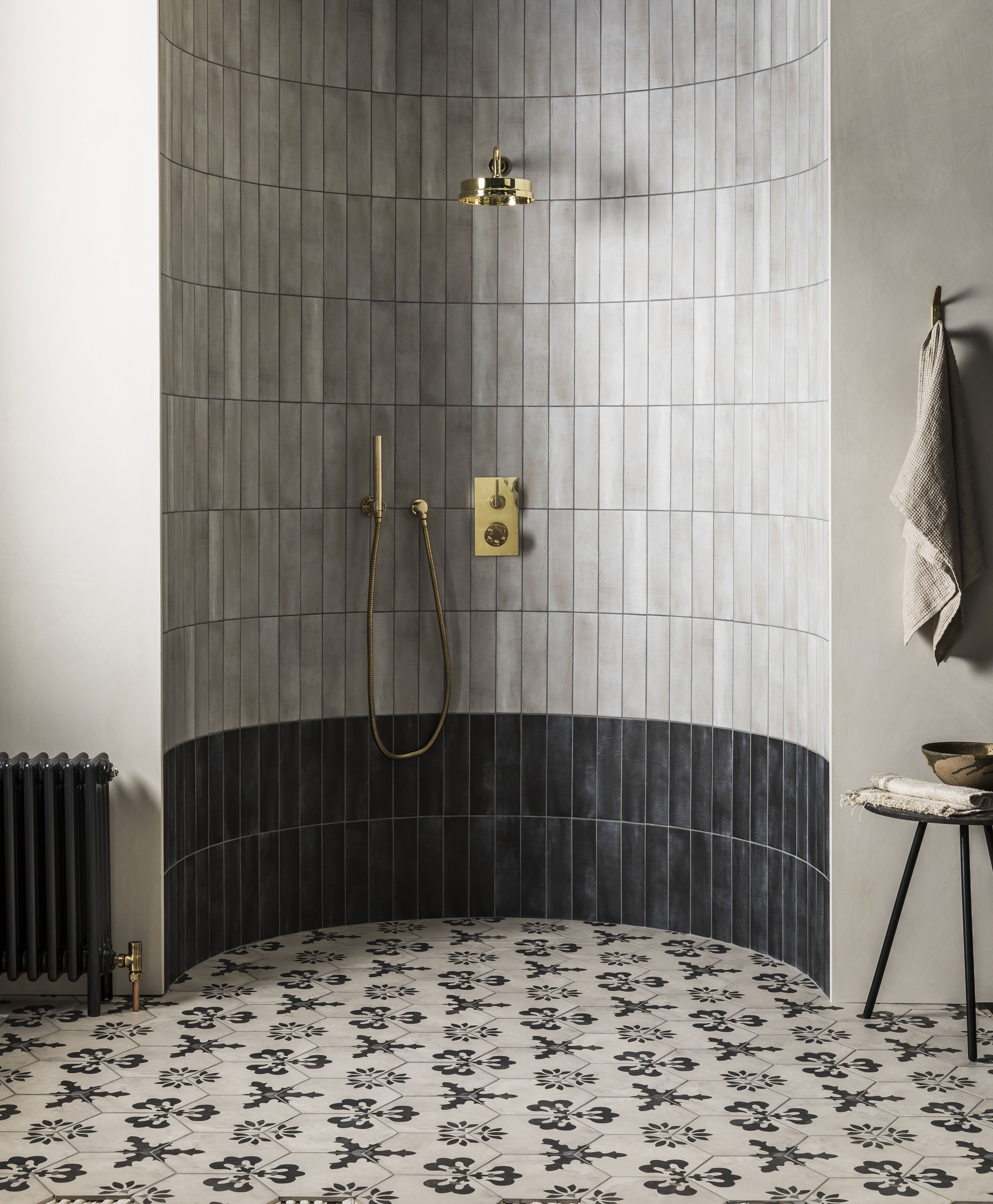
Curved walls are not only a bold design statement for a bathroom, they subconsciously affect how you move around a space by removing sharp corners. Incorporating this element can therefore shift the sense of spaciousness you feel when using the shower.
'Curves are also extremely useful for tight bathrooms, reducing ‘pinch-points’,' explains Rebecca Milnes, Senior Designer at bathroom design brand C.P Hart, 'while helping small shower spaces to appear visually larger,'
Choosing a curved shower wall will limit your choice of wall covering, but not too severely. Tiles will need to be an adequate size to be able to follow the contours of the wall — the more dramatically your wall incurves, the smaller the tiles will need to be. The scope of your shower tile ideas will have to sit somewhere between metro tile and mosaic.
However, you could also consider contemporary polished plaster finishes, which are both waterproof and well-suited to undulating walls.
2. Use a solid surface for a minimalist shower wall
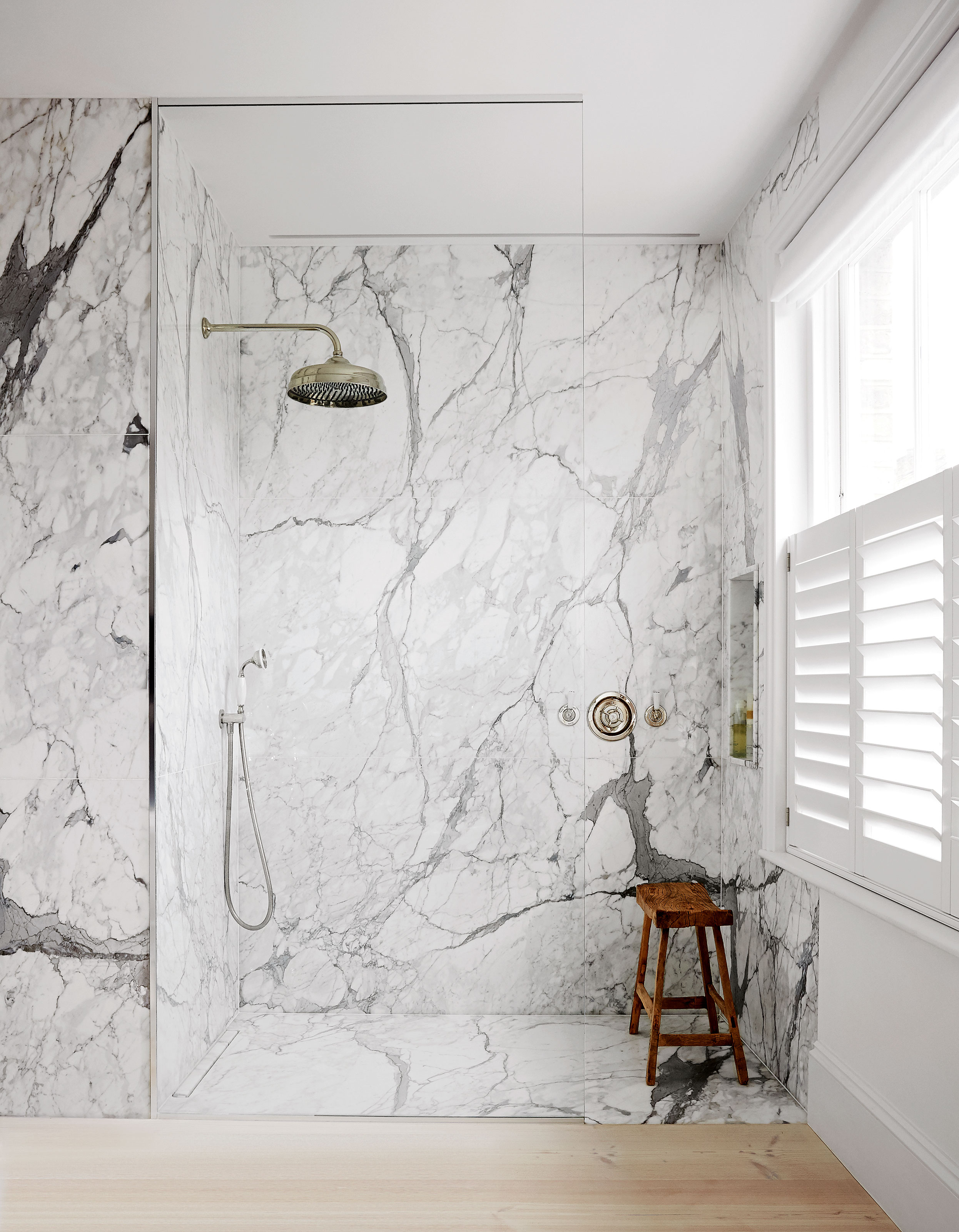
Slab materials, whether natural stone or a composite material such as quartz, not only give you a seamless look and the potential to play with patterned surfaces on a larger scale, but also has some practical advantages over tiles when it comes to bathroom maintenance.
'When using a composite surface, there's plenty of styles and colors, so there's no need to compromise on design, while thanks to large format slabs there will be minimal grouting to clean,' Cosentino Newmarket's Ross Stewart.
While composite materials are easier to maintain compared to marble and granite, and unlikely to need sealing, you're limited to the manufacturers' range of designs compared to the natural beauty of stone. This Calacatta marble bathroom idea has a unique veining that has been book matched around the enclosure, as well as being used to fabricate the shower niche.
3. Book match stone to create a focal point in the shower
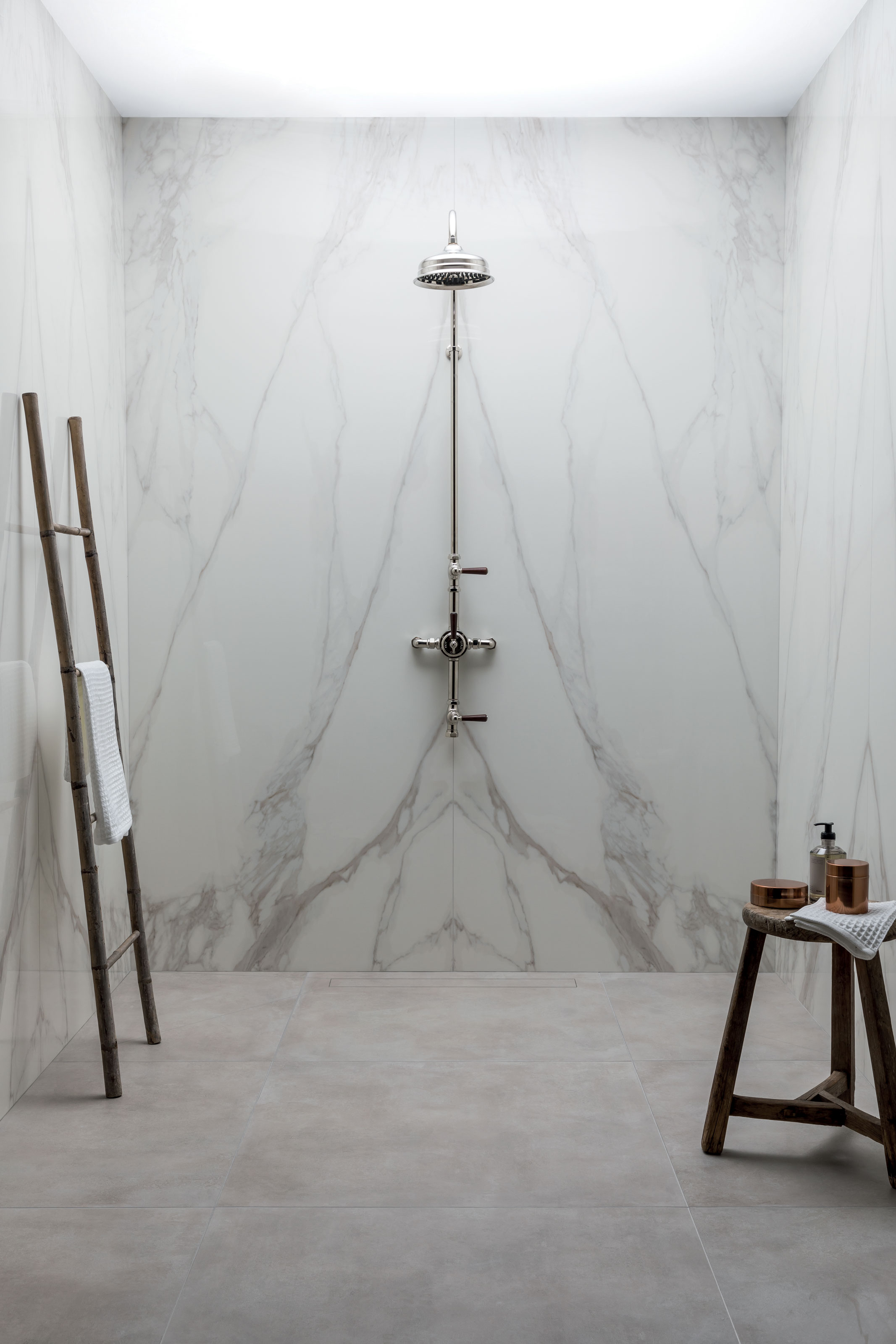
Marble-effect porcelain tiles are an effective choice for a shower enclosure, but they have one major limiting factor design-wise. No matter how they're installed, there will always be visual breaks between tiles, interrupting vein patterning.
Choosing large fabricated stone slabs for your shower walls is one way to approach the problem, but even that has its limits, both in the size of slab available and the accessibility for installing them in your bathroom.
Book matching creates a mirrored image of the stone slab, reflecting the dramatic veining of the marble or granite-like butterfly wings. While book matching is often used as a shower wall idea around the walls of a stone-clad enclosure, it also gives you the opportunity to create a symmetrical focal point over your shower, which by its very nature draws the eye as a focal point for the space.
4. Keep it low maintenance with stone-effect shower panels
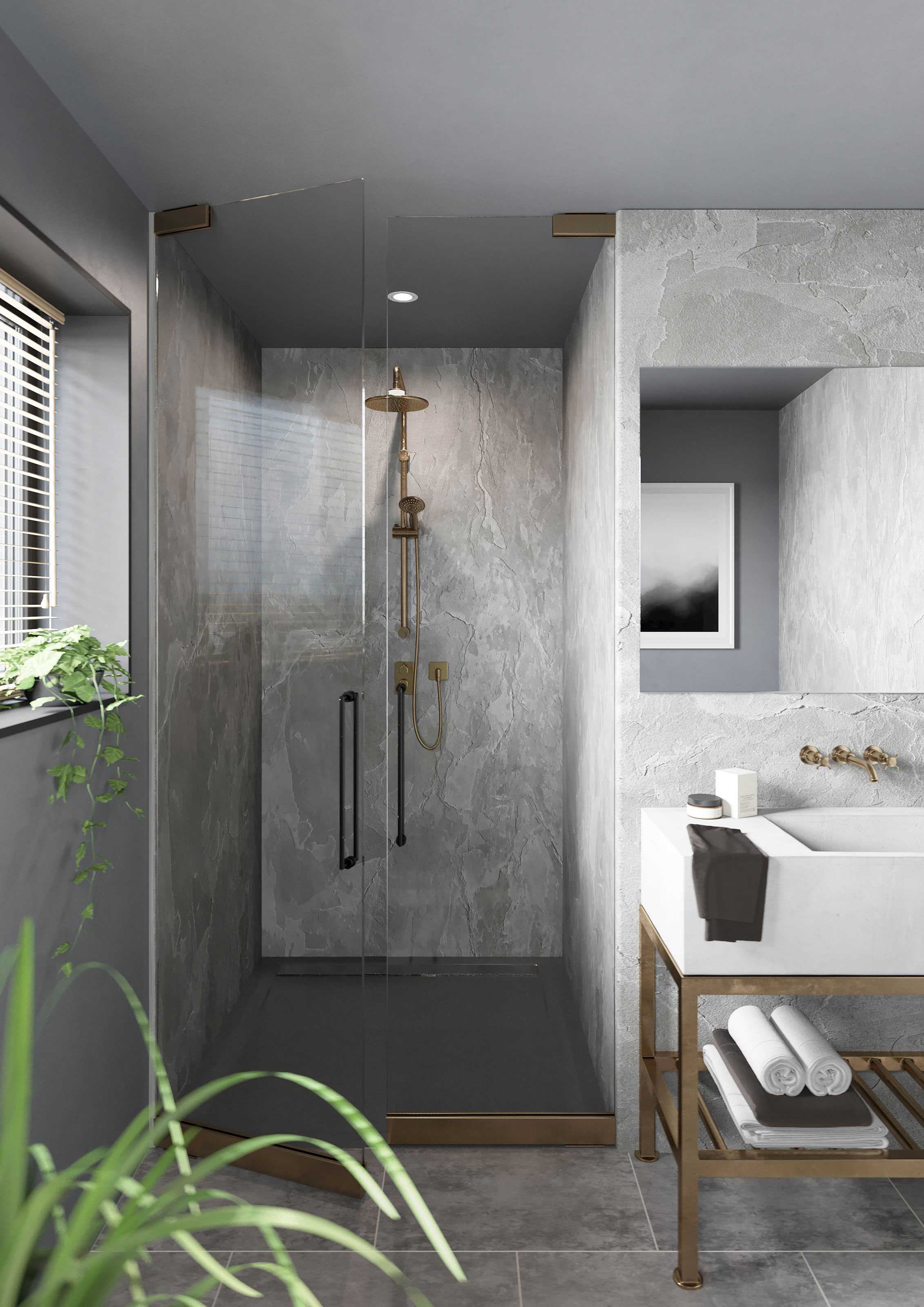
While the look of a solid surface might appeal, for some households materials like natural stone aren't practical, given the related upkeep. For a faux-stone look without the grout lines of porcelain effect tiles, shower panels are an easy to maintain option.
'Natural materials such as marble are highly desirable for bathrooms, however, they are very absorbent which means over time they can become stained and can also react and be damaged by various bathroom cleaners,' explains Helen Dennett, product expert at Mermaid.
'Bathroom panels are completely waterproof and are guaranteed to remain watertight and waterproof. With no grout or tricky materials to deal with, you can achieve the luxury look of a natural stone, without the worry of maintaining a porous material.'
5. Choose glass or acrylic shower panels
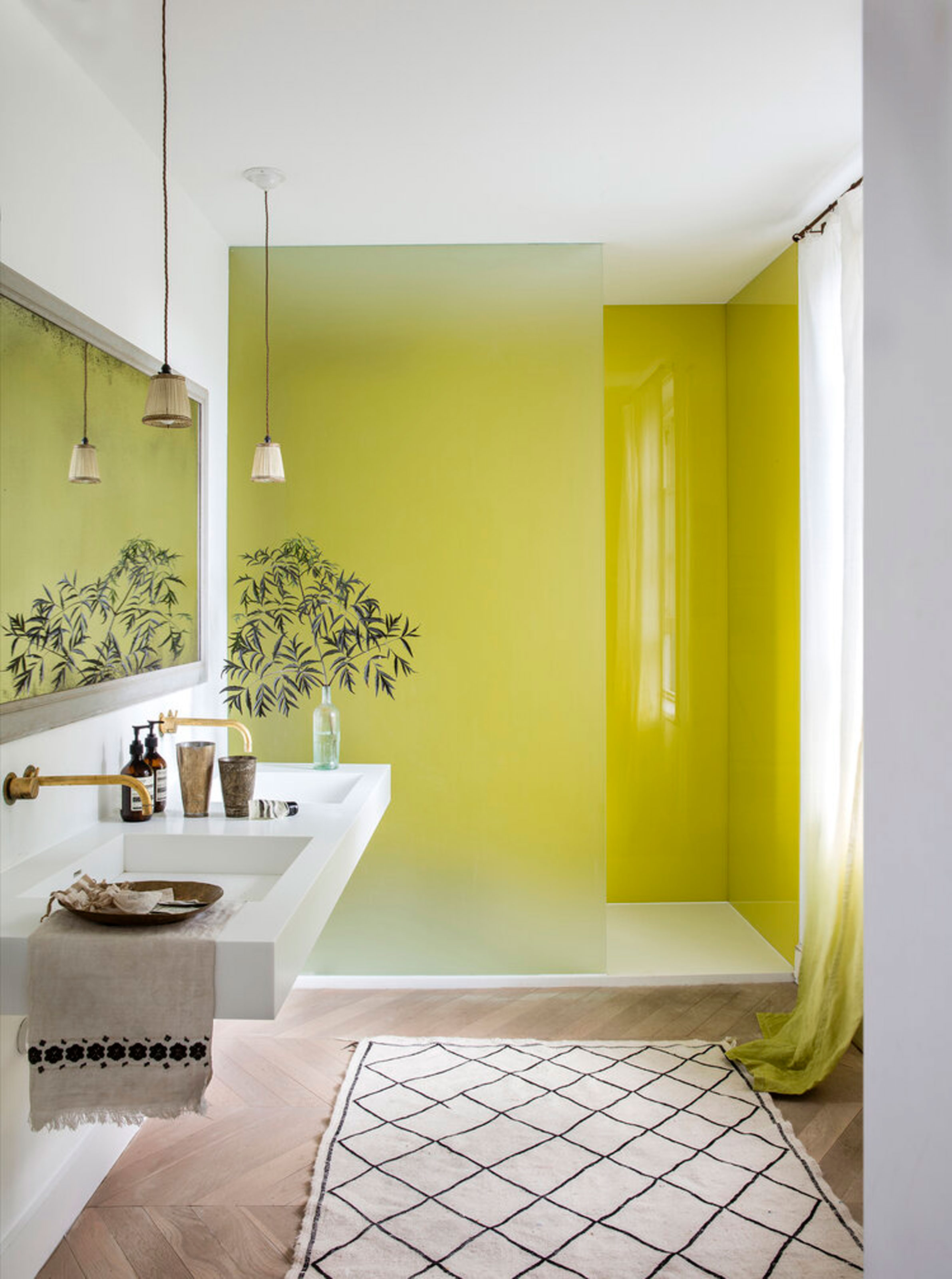
Once a hugely popular choice for bathrooms and kitchens, glass and acrylic panels have fallen somewhat out of favor in recent years. However, in a carefully considered scheme, they still represent a stylish option for a minimalist single sheet design for your shower walls.
This design, in the London home of interior stylist Liza Giles, uses a bright, chartreuse-colored glass to invigorate the shower enclosure. Pairing this energetic bathroom color idea with a muted, natural palette balances the scheme. An extra touch of yellow-green through the ombré curtains ensures it feels grounded in the space, while the sleek lines and a highly reflective surface, that brightens this light and airy bathroom even further, proof that this shower wall idea still has legs in a contemporary home.
6. Try this mirrored shower wall idea
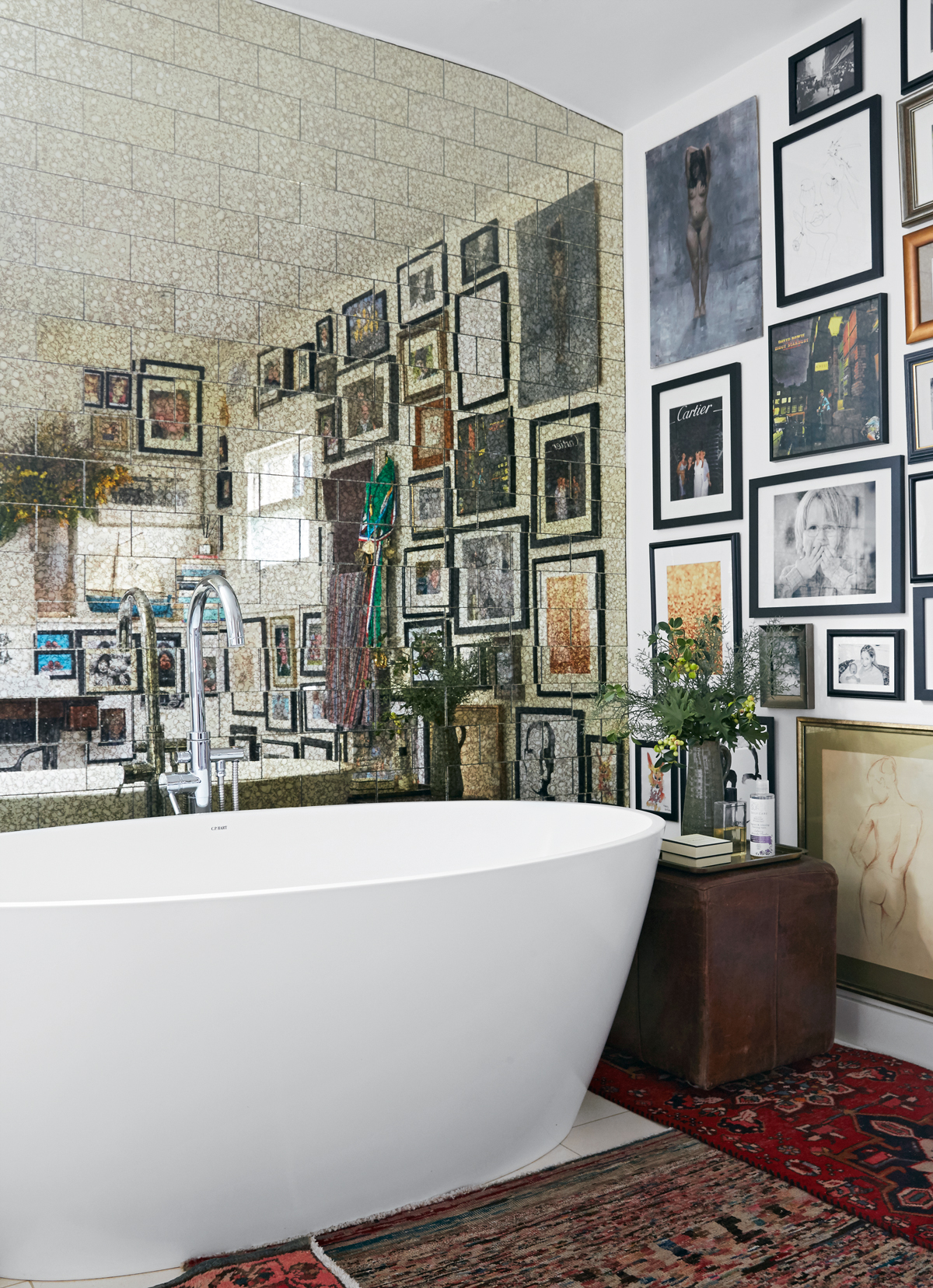
It goes without saying that using large mirrored surfaces will make a small bathroom look bigger and feel brighter, but how do you feel about mirror as a shower wall idea?
By using antiqued mirror tiles, this bathroom design mitigates some of the worries you might have about both showering with a full-frontal reflection and cleaning mirrored glass, while completely opening up this small shower room and making for a great small bathroom tile idea.
7. Choose a waterproof plaster for your shower walls
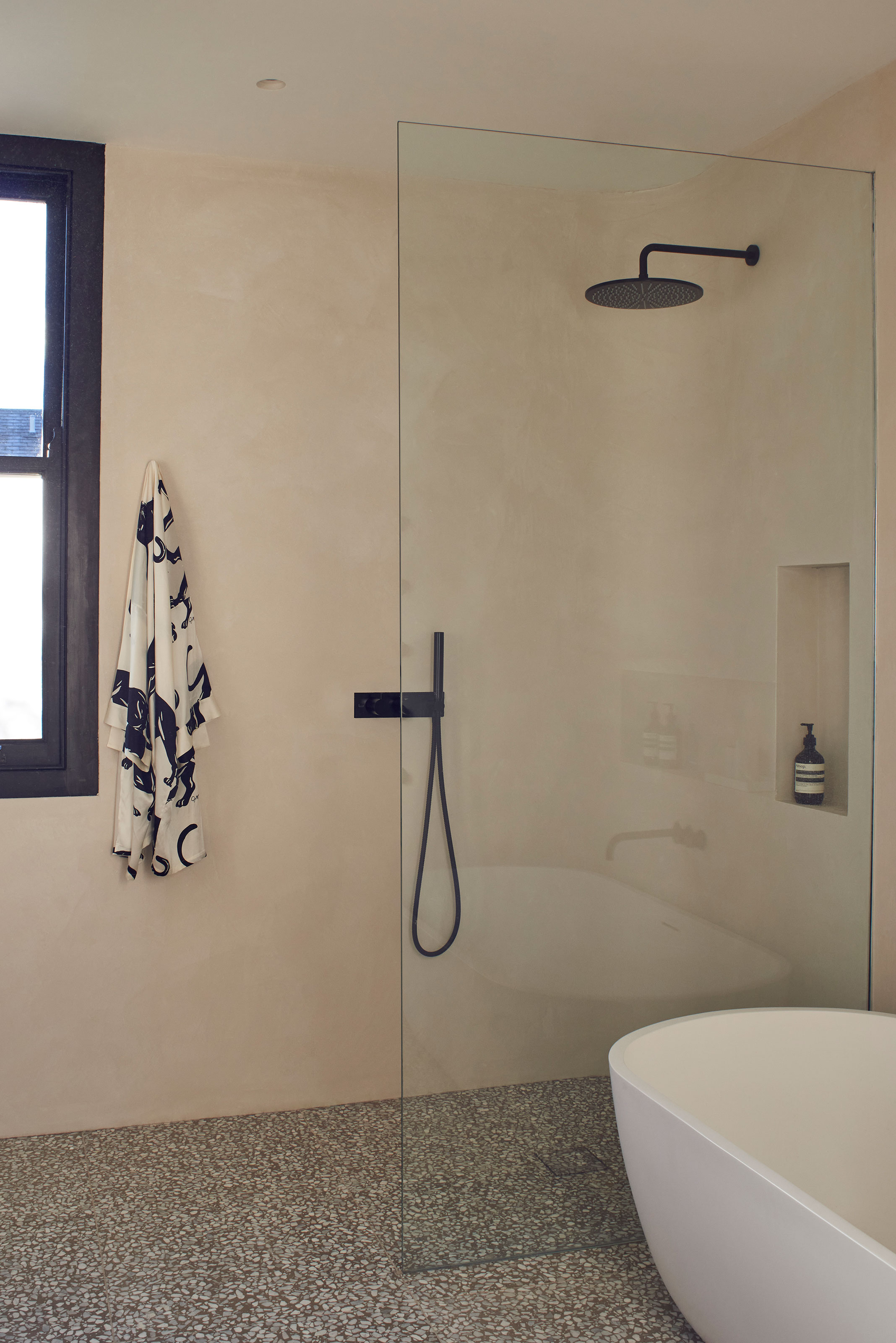
Waterproof polished plasters are by no means a new phenomenon, but they've certainly made an impact on bathroom trends in the last few years. Tadelakt, a water-resistant plaster technique originating from Marrakesh, is particularly popular, and can be applied seamlessly to a wall with no grout lines.
'A kind of lime plaster, tadelakt is made waterproof through both its inherent properties and its application technique,' explains Valentin Tatanov of Tadelakt London. 'The olive oil soap that is rubbed into the surface of the product chemically reacts with the lime to form a surface that is both water and scratch resistant as well as hard and durable.'
In spite of its durable nature, it's tadelakt's aesthetic value that truly appeals to modern homeowners. Richly pigmented and with a distinct mottled appearance, this type of polished plaster wall is an interesting way to bring texture to the bathroom – a space that can often be stark and clinical.
8. Add a shower niche for handy storage
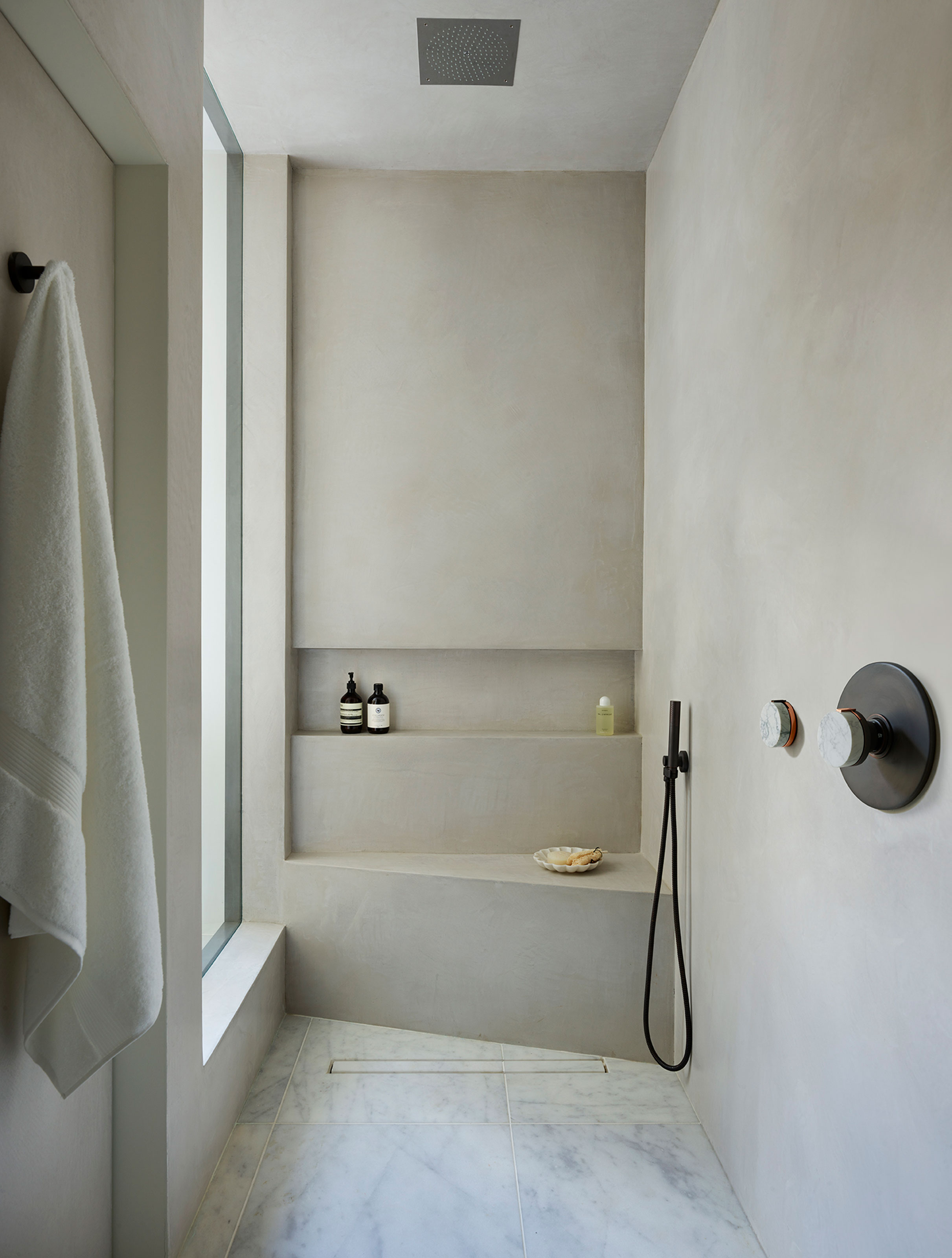
Recessed niches have become a staple of modern bathroom design, providing sleek integrated bathroom storage for toiletries. When designed into a new bathroom, there's a range of layout options for your shower enclosure, from simple box inserts to more complex and statement designs.
In this small bathroom idea created by architects Studio MCW and RT Interiors, a polished plaster finish means that the built-in full-length recess and shower seat feel like effortless, unlabored additions to the space, combined with simple brassware from the Watermark Collection and an overhead rainfall shower.
9. Or make a niche a statement with a contrasting material
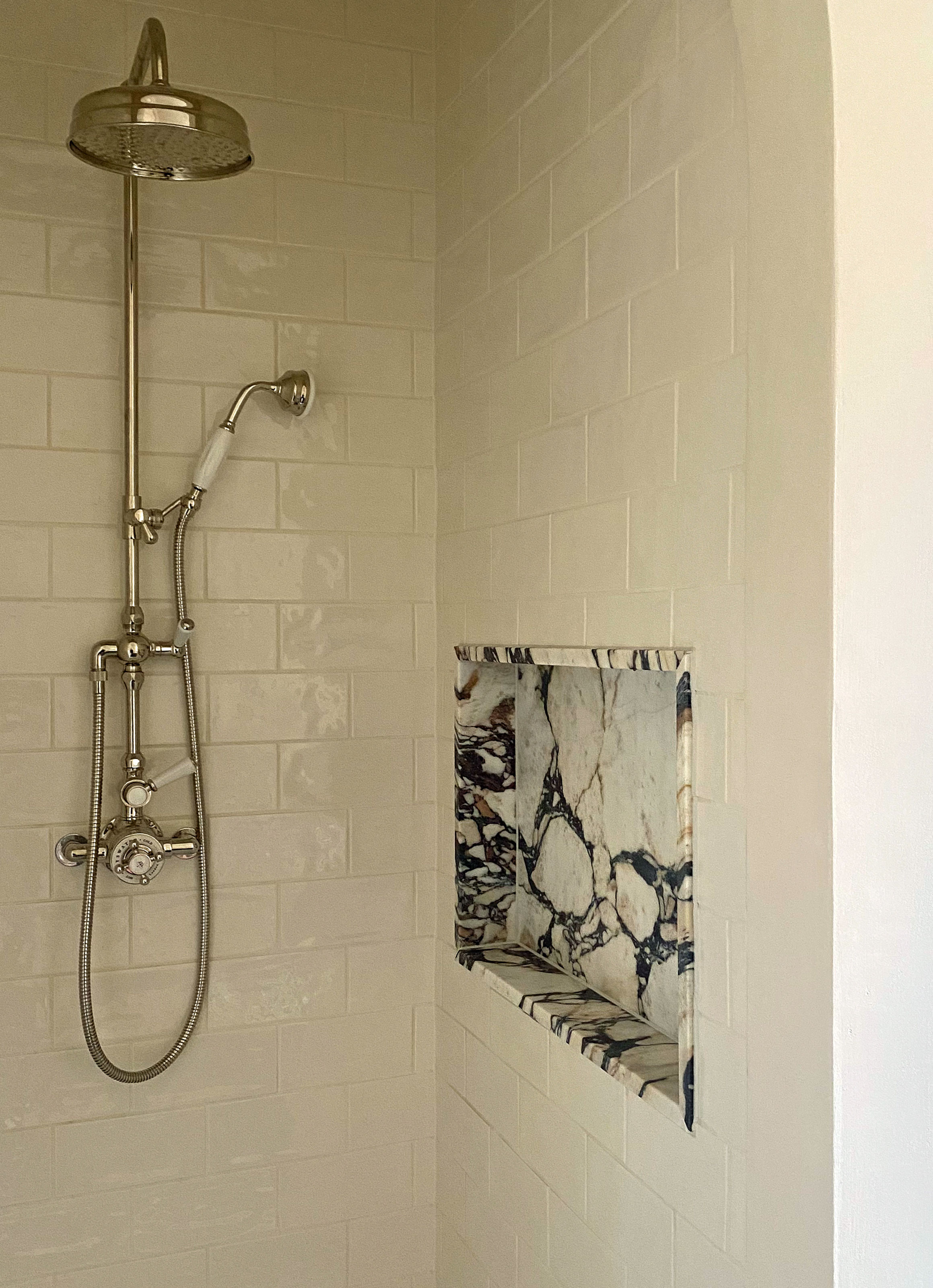
Cladding a niche in the same material as your shower wall will create a more streamlined, minimalist look for your enclosure, but it's far from the only way to approach designing a recess.
For a shower niche that's more decorative than utilitarian, using a contrasting tile, outlining it with a bold trim, or incorporating lighting into the design can make it a defining feature of your shower wall.
For trend forecaster and creative consultant Samantha Palmer, this desire for an impactful shower niche manifested itself thanks to some marble offcuts sourced from local stonemason Francis Tate.
'Instead of choosing a standard Carrara, I was bowled over by an incredible slab of Brecchia marble that you see in place today,' Samantha explains. 'I was able to draw out the pieces on the slab to choose the exact parts I wanted, with the right amount of color variance and veining.'
10. Embrace the arch trend
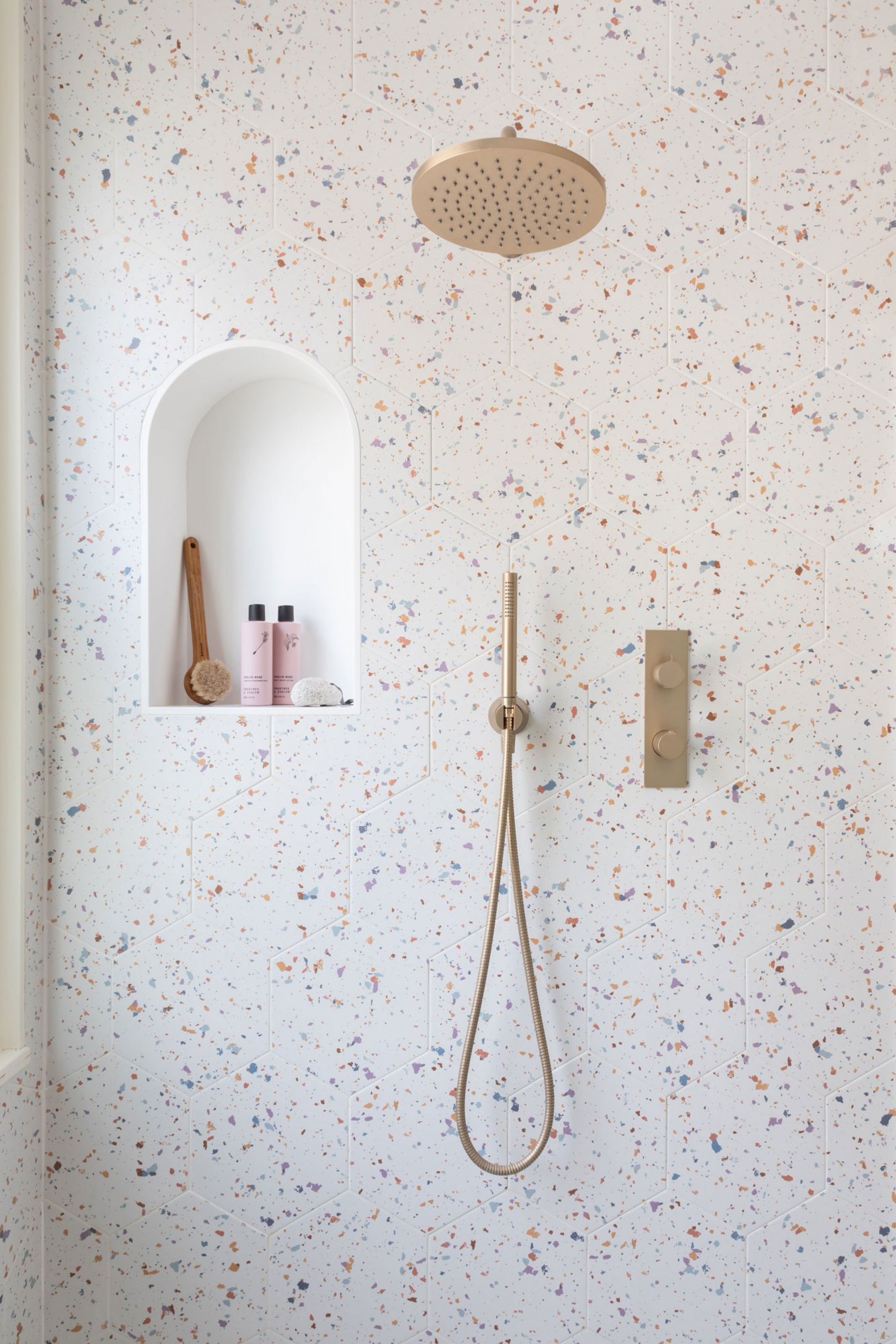
Arches are one of our big bathroom trend predictions for 2022, and this design by West One Bathrooms showcases just how you could adopt it as a shower wall idea.
'The arched niche adds architectural interest,' says designer Susan Roache of the design. 'Against this white terrazzo tiled wall, shape rather than color creates the contrast for a softer, more serene shower enclosure that still encapsulates the homeowner's want for a playful, exciting space.'
11. Design a ledge into your shower wall
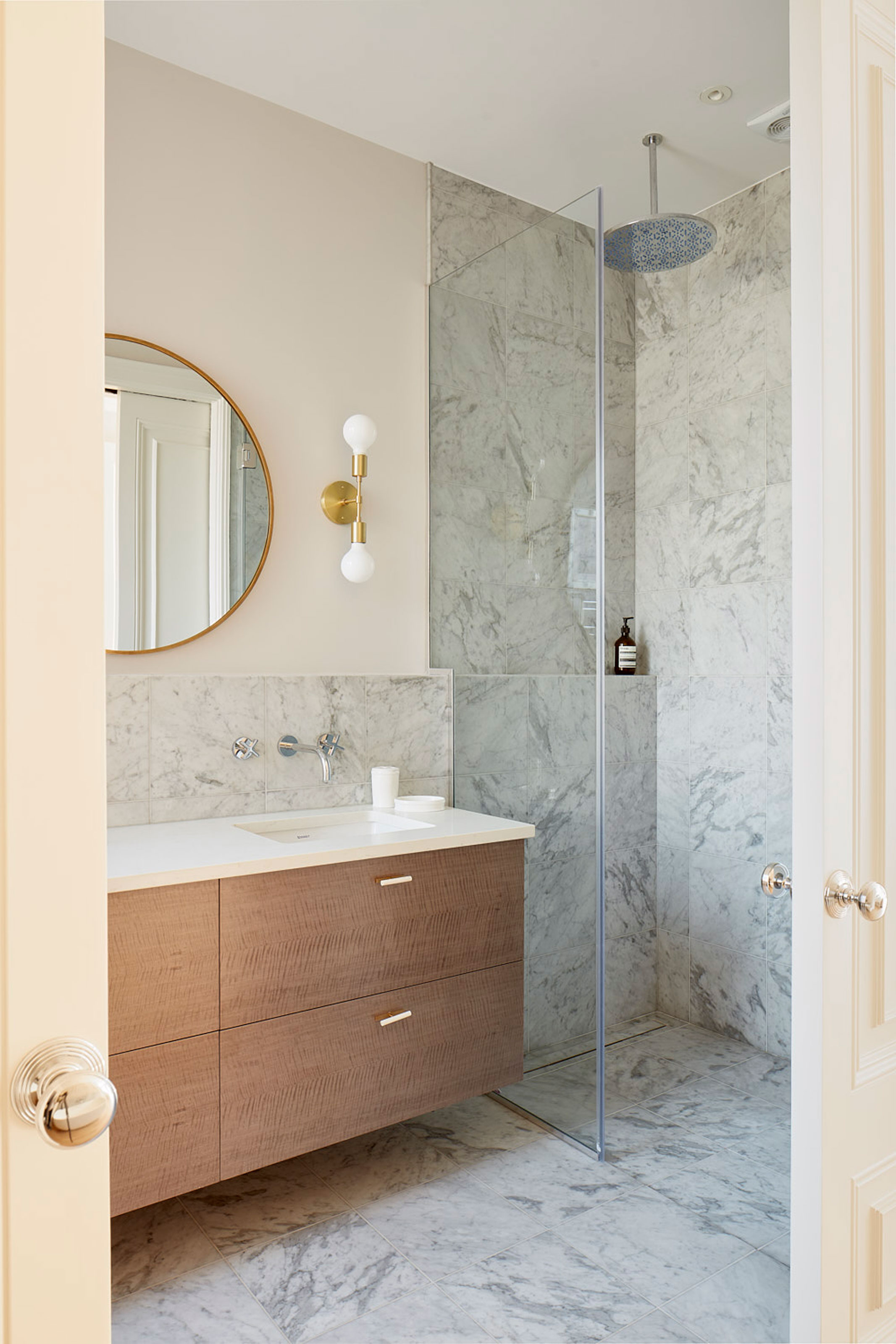
If you're not niche-inclined, one alternative is to incorporate a shower ledge into your bathroom design for storing toiletries. It's unlikely that this option will save or lose you any floorspace in comparison to a shower niche, but in a bathroom design like this, created by BTL Property, the half-height wall built across the length of the bathroom can be used to house plumbing elements around the basin vanity, while providing a useful ledge in the shower.
Here, a custom, stepped glass screen has been used to navigate the ledge at the junction between the shower and the rest of the bathroom.
12. Install a freestanding shower wall to divide your bathroom
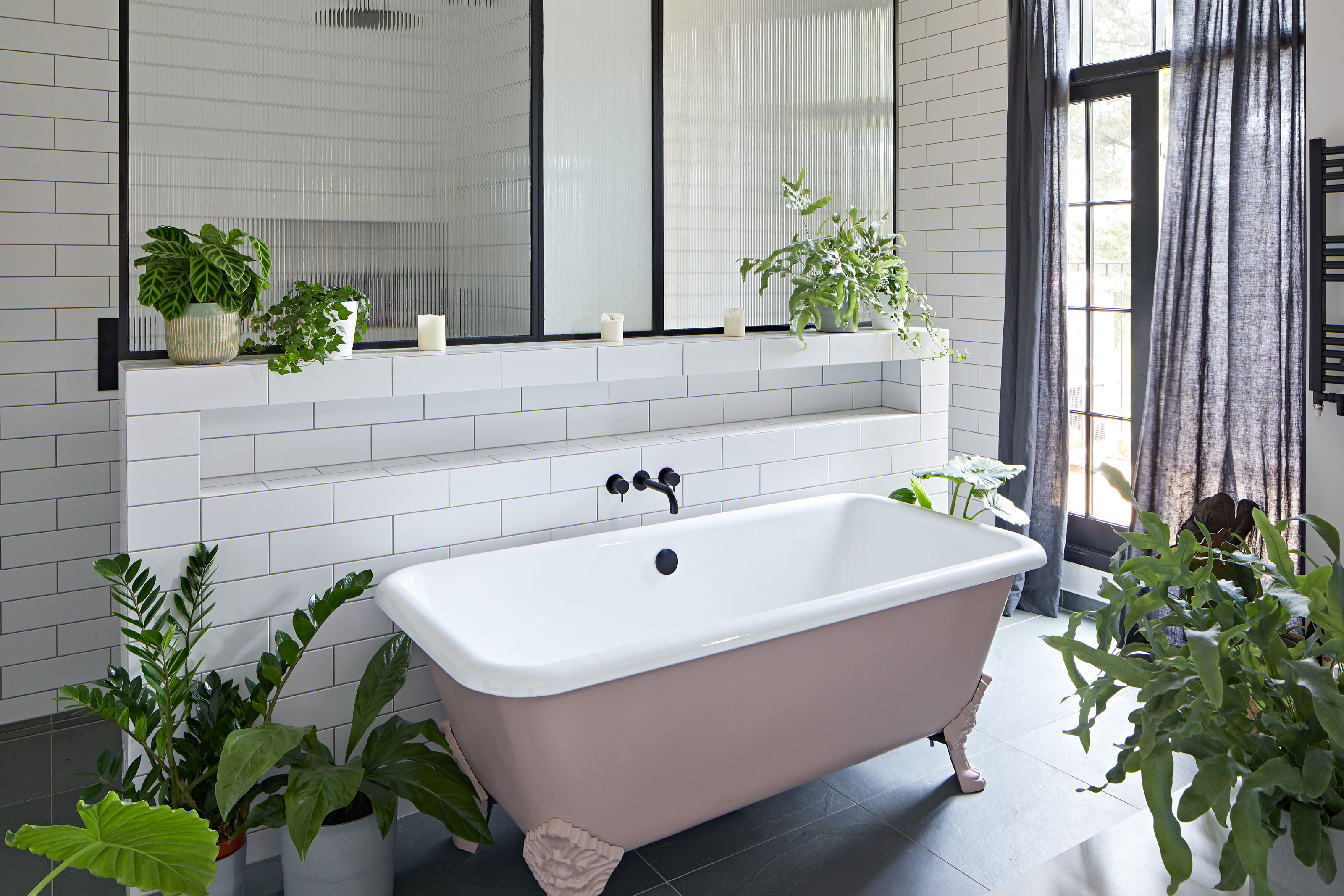
Shower screens aren't the only way to divide and conquer when it comes to a bathroom, especially when looking at alternative layout ideas.
Building out a stud wall in the center of your bathroom to house a shower is an interesting approach to explore for the right space — and may offer you some extra options for your shower's plumbing.
Whether you opt for a half or full-height wall, one of the main considerations will remain how this engages with the rest of the room — blocking all-natural light from your shower will make for a less-than-inspiring experience when using it in the daytime after all.
In this design by Paul Archer Design, a half-height shower wall idea combined with reeded glass shower panels helps to create a broken-plan scheme and space to situate the bath in the center of the room, completely re-imagining this small bathroom layout idea.
What's the best option for shower walls?
Aesthetic-appeal aside, your choice for shower walls will come down to a few practical factors including cost, installation, maintenance, and upkeep.
Tiles, in many ways, offer the best qualities across the board. There are options for tiles in a huge variety of price ranges, they're easy to transport and install and, in themselves, are easy to clean. However, their shortfall comes in the upkeep of grout lines, and the smaller the tile, the more grout there is to maintain.
'At the other end of the spectrum, molded surfaces in glass and composite stone offer clean lines with no hard edges,' says Rebecca Milnes, Senior Designer at CP Hart. 'This is both practical in how easy it is to clean, and seamlessly tactile.'
Large format panels, whether made from the likes of acrylic, glass, stone, or composite materials, will require specialist cutting to install around shower pipes, and due to the size will need a bathroom with appropriate access.
Polished plaster finishes such as tadelakt, or microcement, are growing in popularity as a shower wall idea as awareness grows. These are completely groutless and don't require seams or sealants. However, you'll require specialist installers for applying the plaster, which may be in short demand and drive a premium. 'While tadelakt is an interesting technique to learn which a lot of people these days are looking to experience these days, we always suggest specialist installation for a good quality finish,' says Tadelakt London's Valentin Tatanov.
Be The First To Know
The Livingetc newsletters are your inside source for what’s shaping interiors now - and what’s next. Discover trend forecasts, smart style ideas, and curated shopping inspiration that brings design to life. Subscribe today and stay ahead of the curve.

Hugh is Livingetc.com’s editor. With 8 years in the interiors industry under his belt, he has the nose for what people want to know about re-decorating their homes. He prides himself as an expert trend forecaster, visiting design fairs, showrooms and keeping an eye out for emerging designers to hone his eye. He joined Livingetc back in 2022 as a content editor, as a long-time reader of the print magazine, before becoming its online editor. Hugh has previously spent time as an editor for a kitchen and bathroom magazine, and has written for “hands-on” home brands such as Homebuilding & Renovating and Grand Designs magazine, so his knowledge of what it takes to create a home goes beyond the surface, too. Though not a trained interior designer, Hugh has cut his design teeth by managing several major interior design projects to date, each for private clients. He's also a keen DIYer — he's done everything from laying his own patio and building an integrated cooker hood from scratch, to undertaking plenty of creative IKEA hacks to help achieve the luxurious look he loves in design, when his budget doesn't always stretch that far.
-
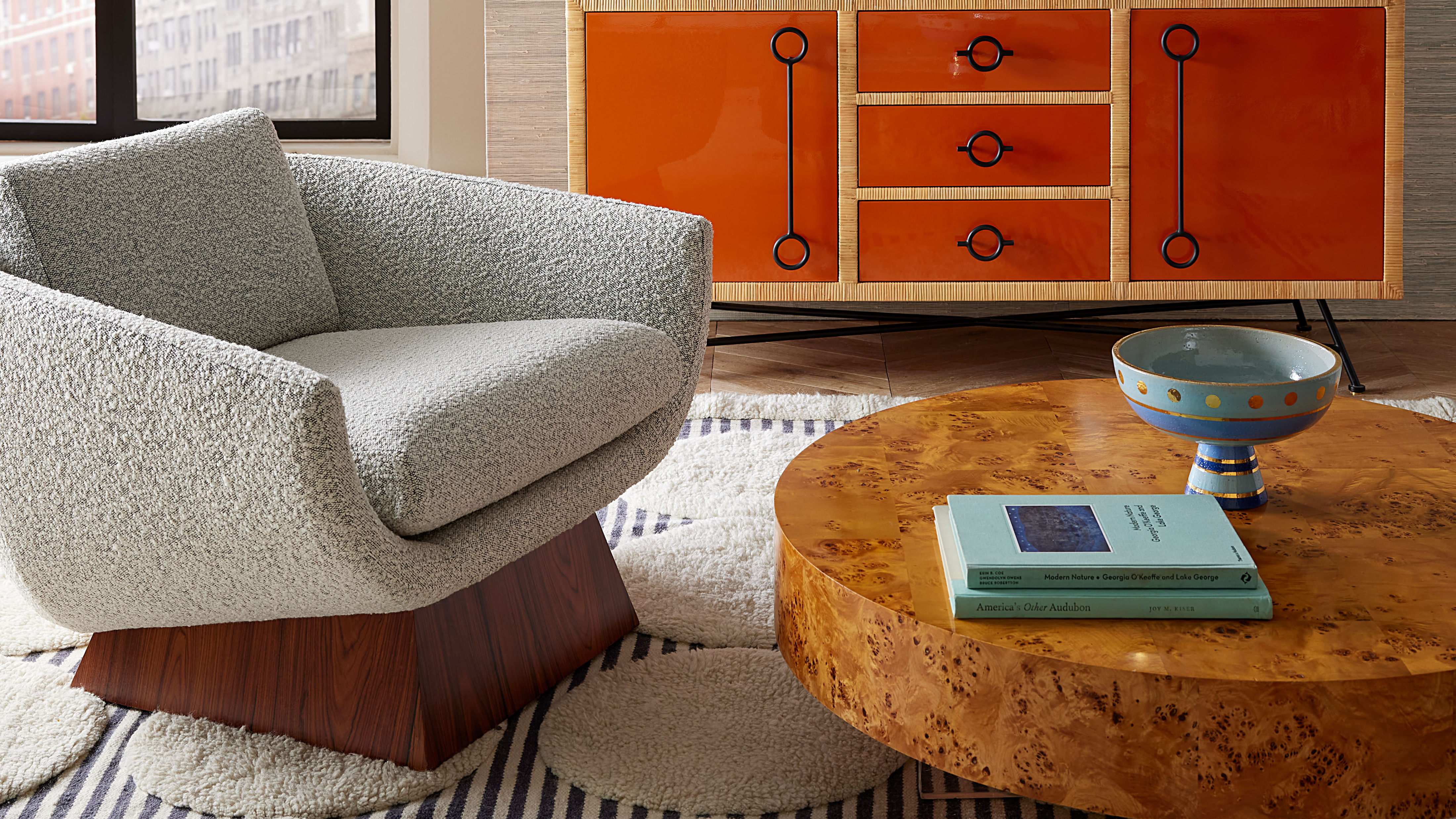 Burl Wood Decor Is 2025’s Most Coveted Comeback — Here’s How to Get the Storied Swirls for Less
Burl Wood Decor Is 2025’s Most Coveted Comeback — Here’s How to Get the Storied Swirls for LessIrregularity is the ultimate luxury, but you don’t need an antiques dealer to find it
By Julia Demer Published
-
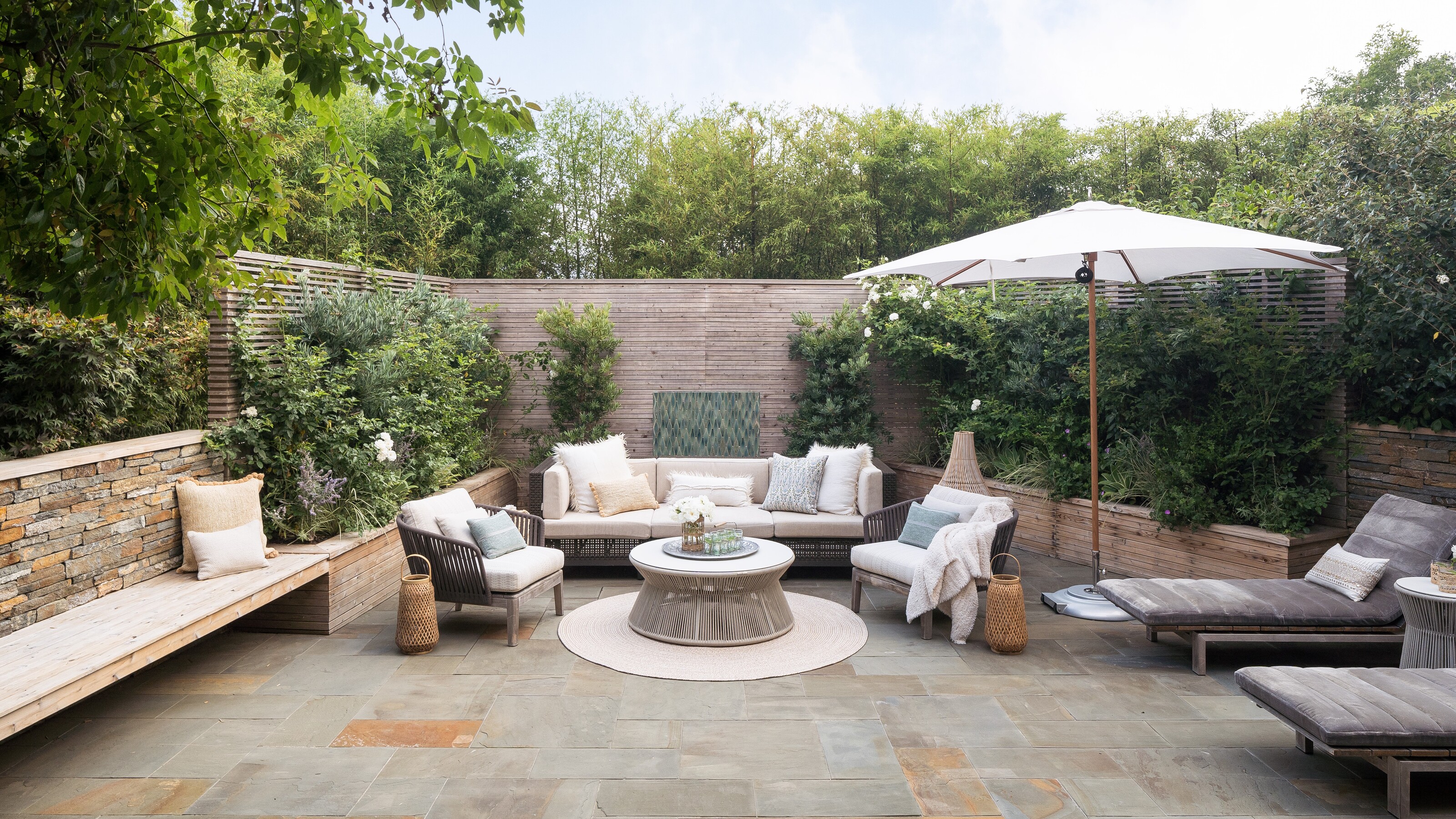 5 Garden Features That Instantly Add Value to Your Home — While Making Your Outdoor Space More Practical, too
5 Garden Features That Instantly Add Value to Your Home — While Making Your Outdoor Space More Practical, tooGet to know all the expert tips and tricks for making your backyard a standout selling point for your home.
By Maya Glantz Published